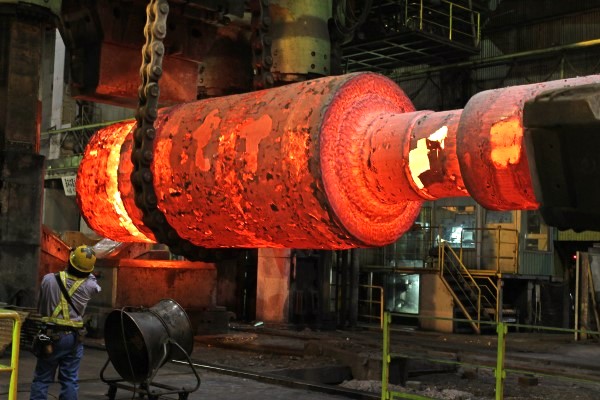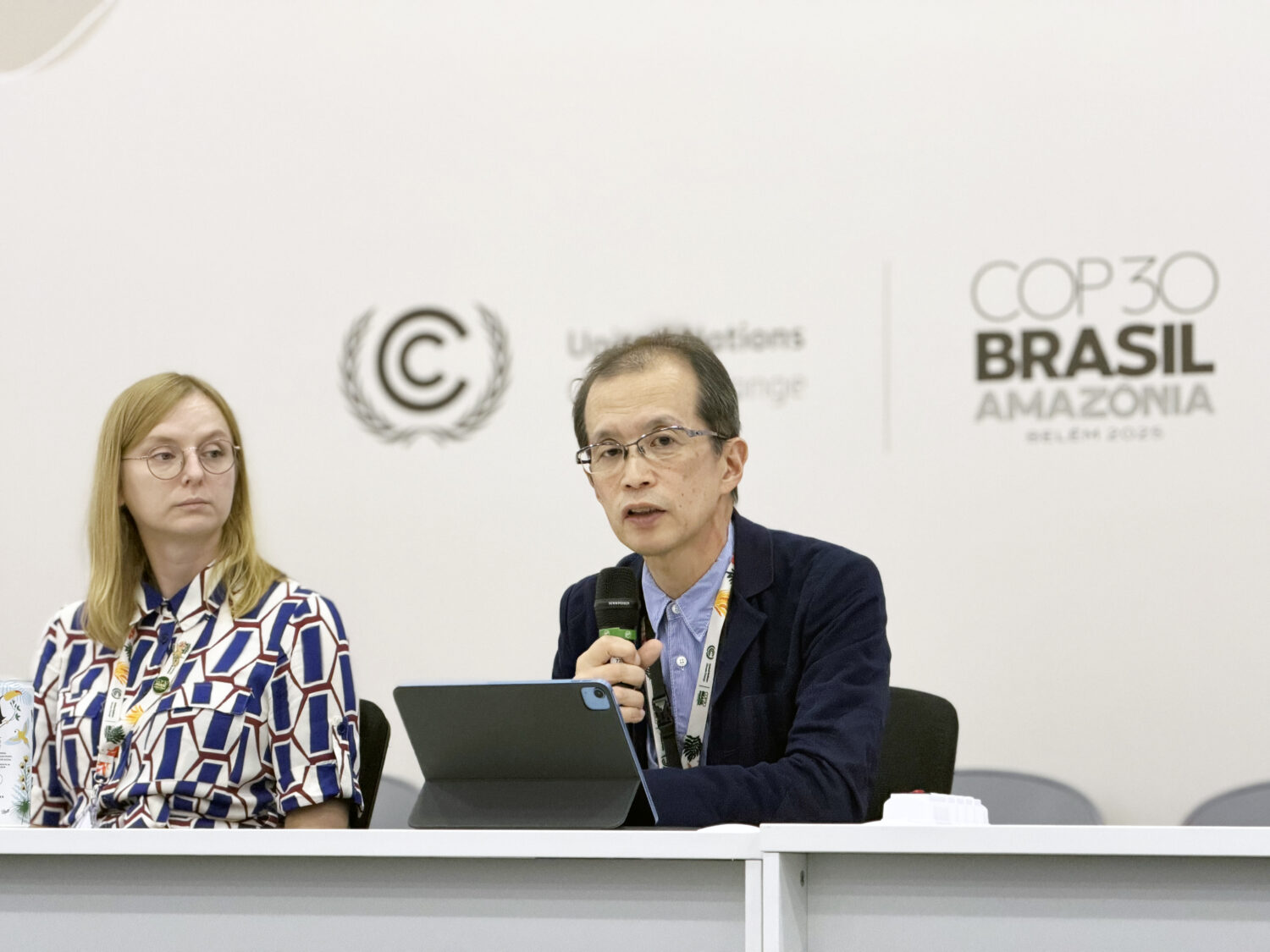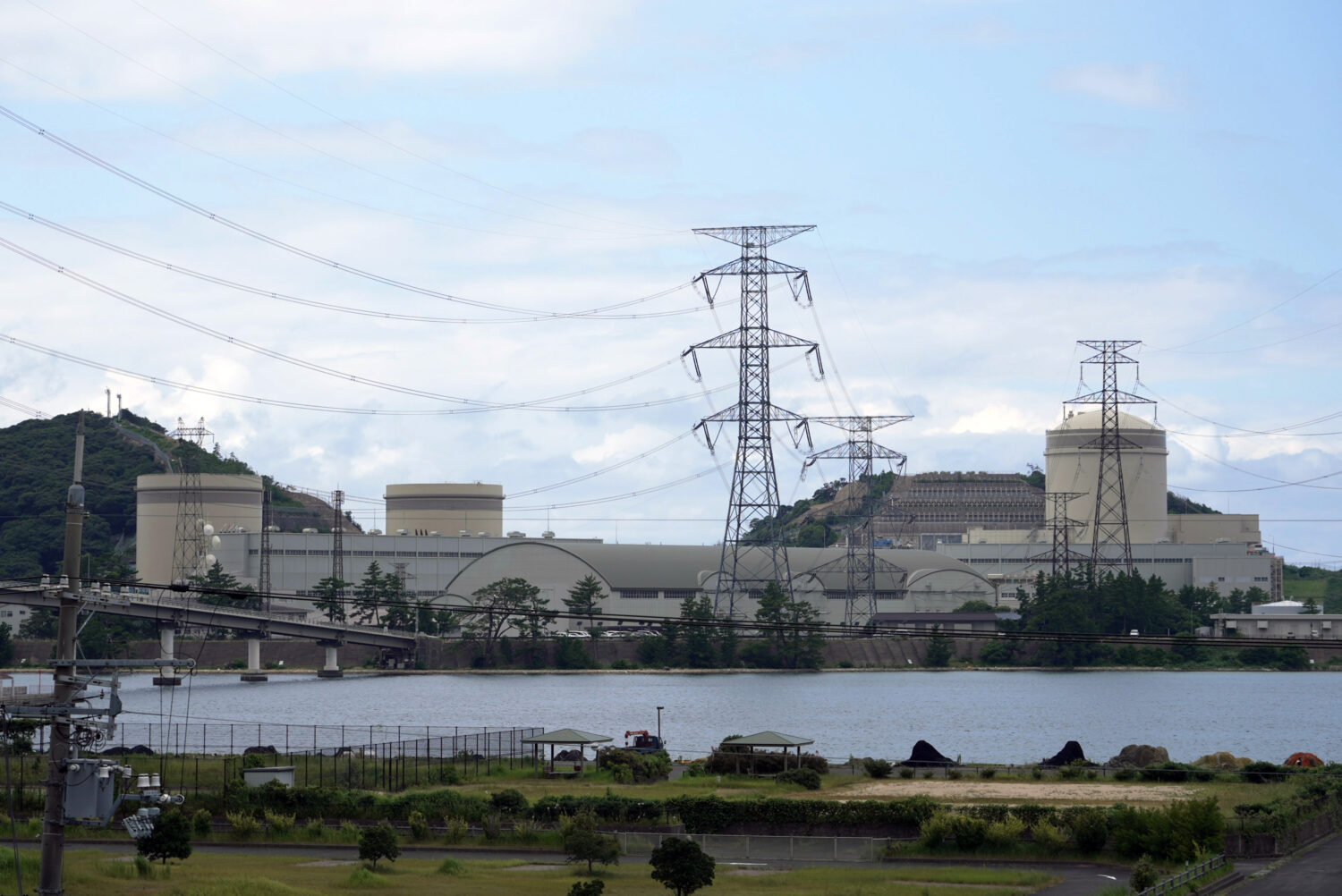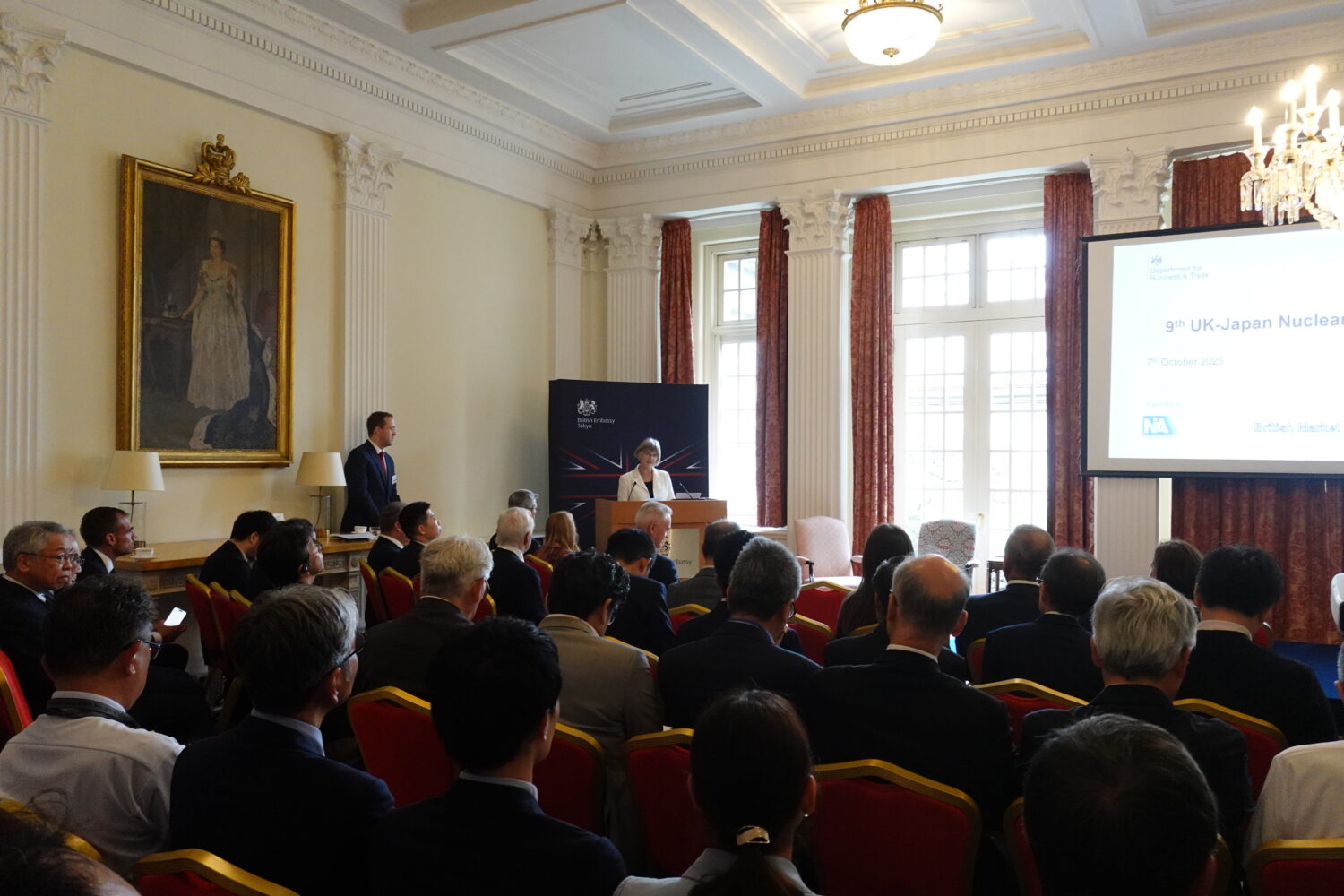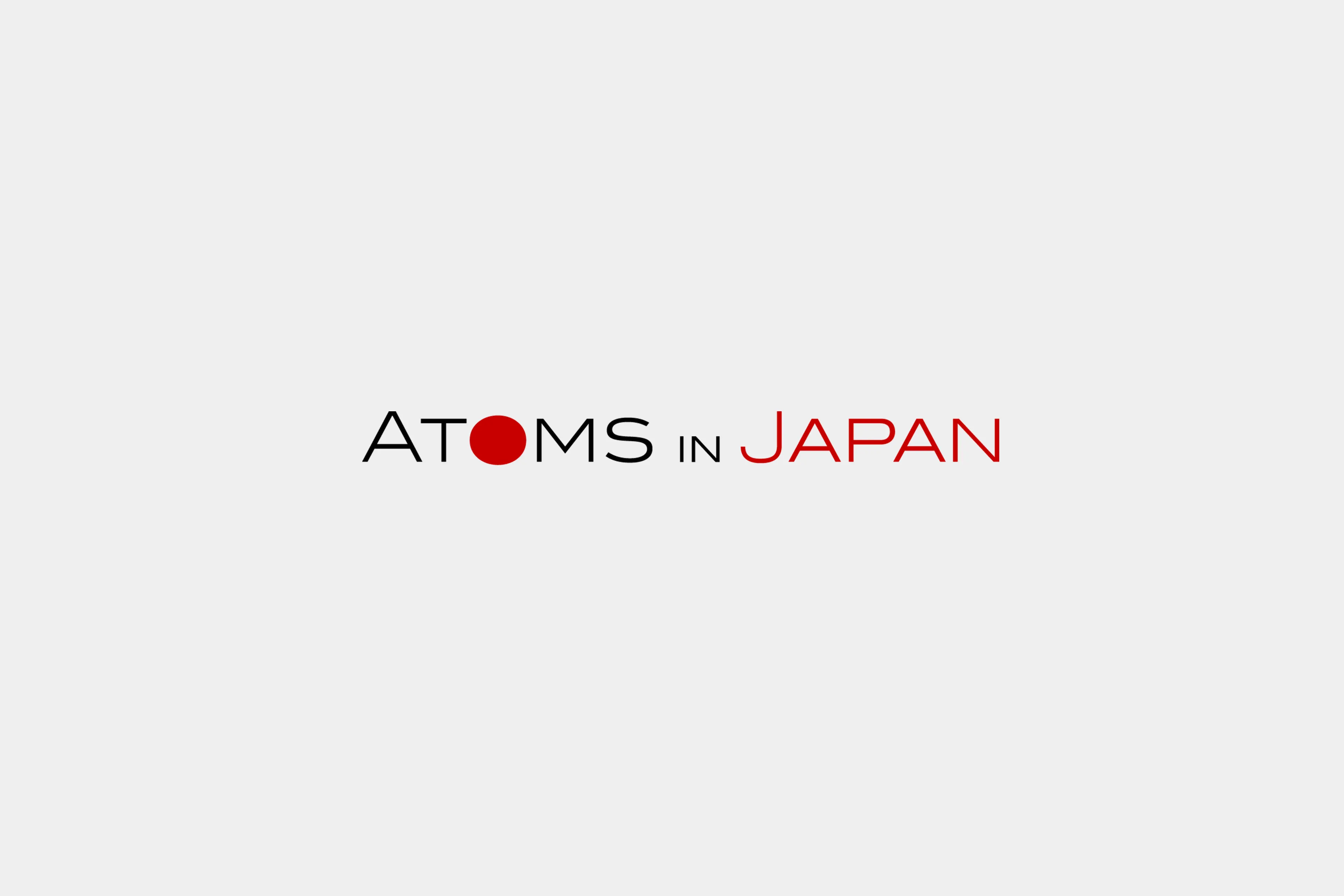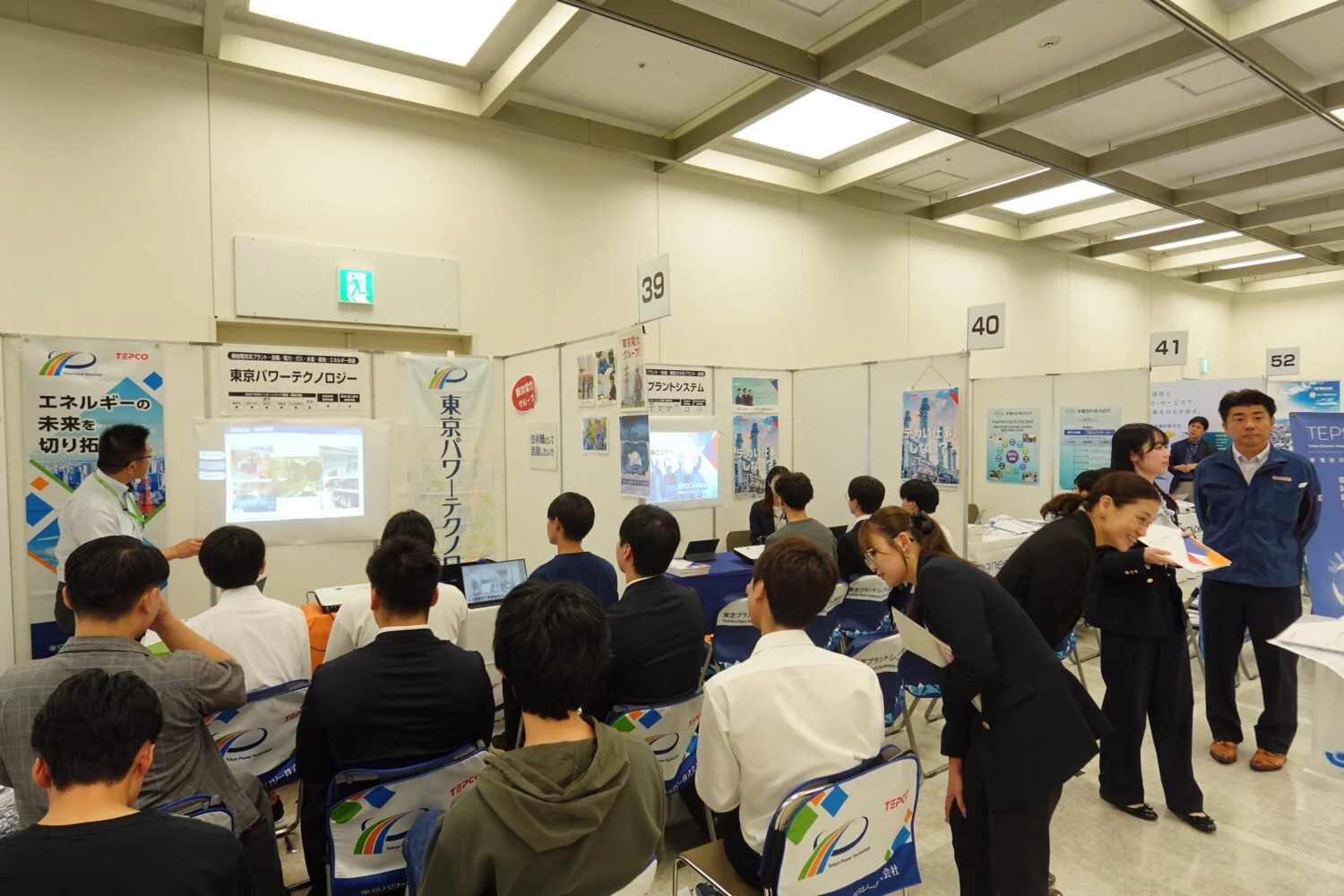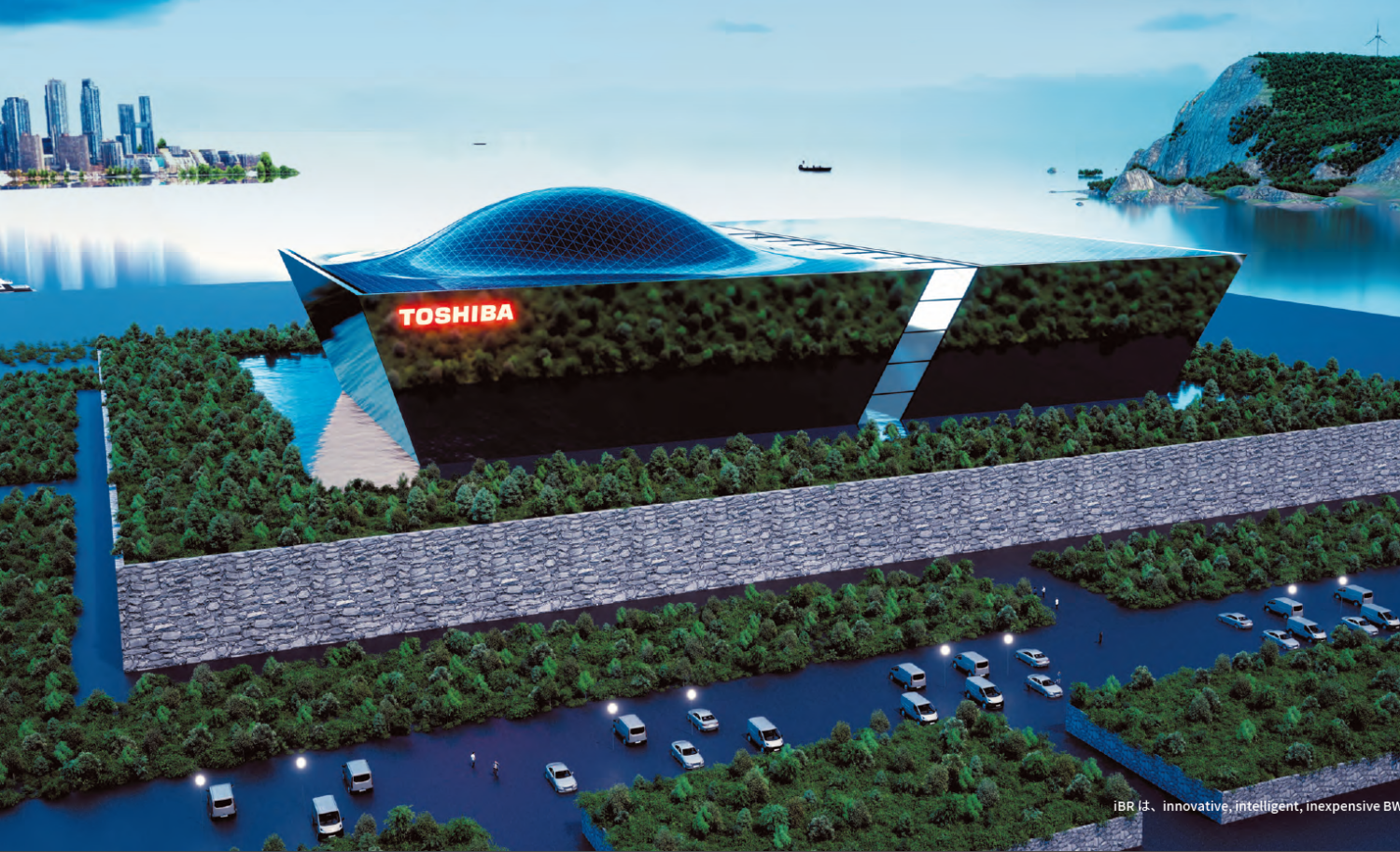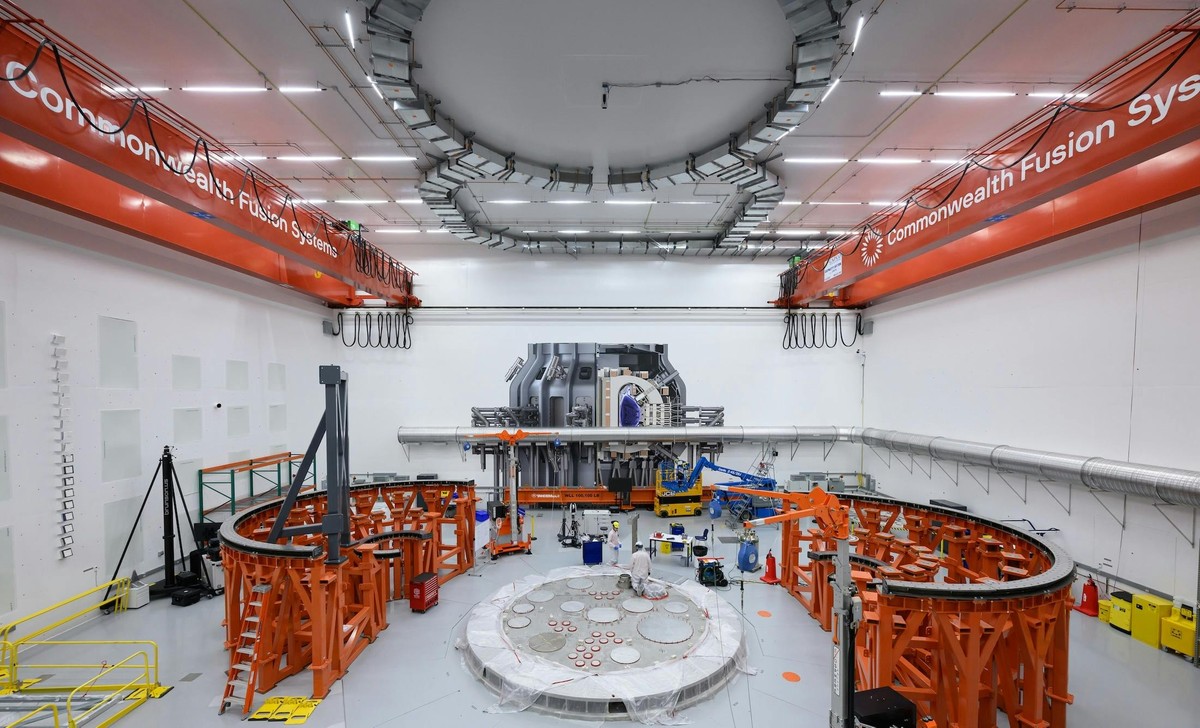That day, metal cylinders containing UF₆ were unloaded by crane from a transport vessel onto trailers at Mutsu-Ogawara Port in Rokkasho under the supervision of the Ministry of Land, Infrastructure, Transport and Tourism. Radiation levels and the external condition of the cylinders were checked before the cargo was transported by a dedicated road to the enrichment plant, where formal acceptance procedures were carried out.
The Rokkasho Enrichment Plant began operations in 1992 but temporarily suspended production in September 2017. Operations resumed in August 2023, and the plant now has a production capacity of 112.5 tons SWU per year. The term “tons SWU/year” refers to the separative work unit, a measure of the plant’s uranium enrichment capacity over a one-year period.
JNFL aims to expand capacity to 450 tons SWU/year by FY2028. At its No. 2 cascade facility—already licensed for modification and designed for 150 tons SWU/year—the company is upgrading equipment, including the installation of new-generation centrifuges, to enhance both safety and efficiency. Modernization is also underway for associated systems such as UF₆ handling, high-frequency power supplies, radiation monitoring, and emergency response facilities. With these upgrades progressing smoothly, the company has now resumed receiving uranium feed material.
In this shipment, JNFL accepted up to 625 tons of uranium contained in 50 cylinders supplied by Canada’s Cameco Corporation. Between 1991 and 2014, JNFL received a total of 1,299 cylinders of uranium in 41 separate shipments.
On its website, the company stated:
“We will continue to safely operate Japan’s only uranium enrichment plant and contribute to the nation’s energy security. At the same time, we will remain deeply grateful to the local communities that have supported us over the years, and we will continue to move forward together, contributing to their development.”


